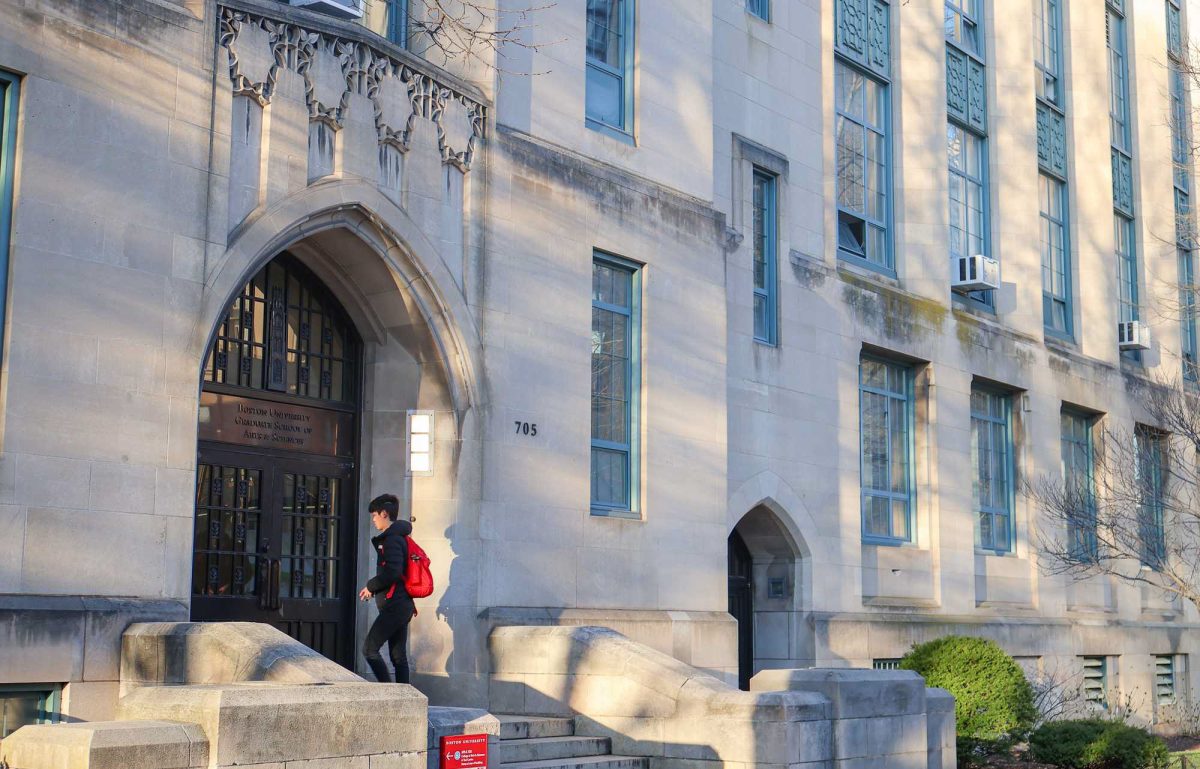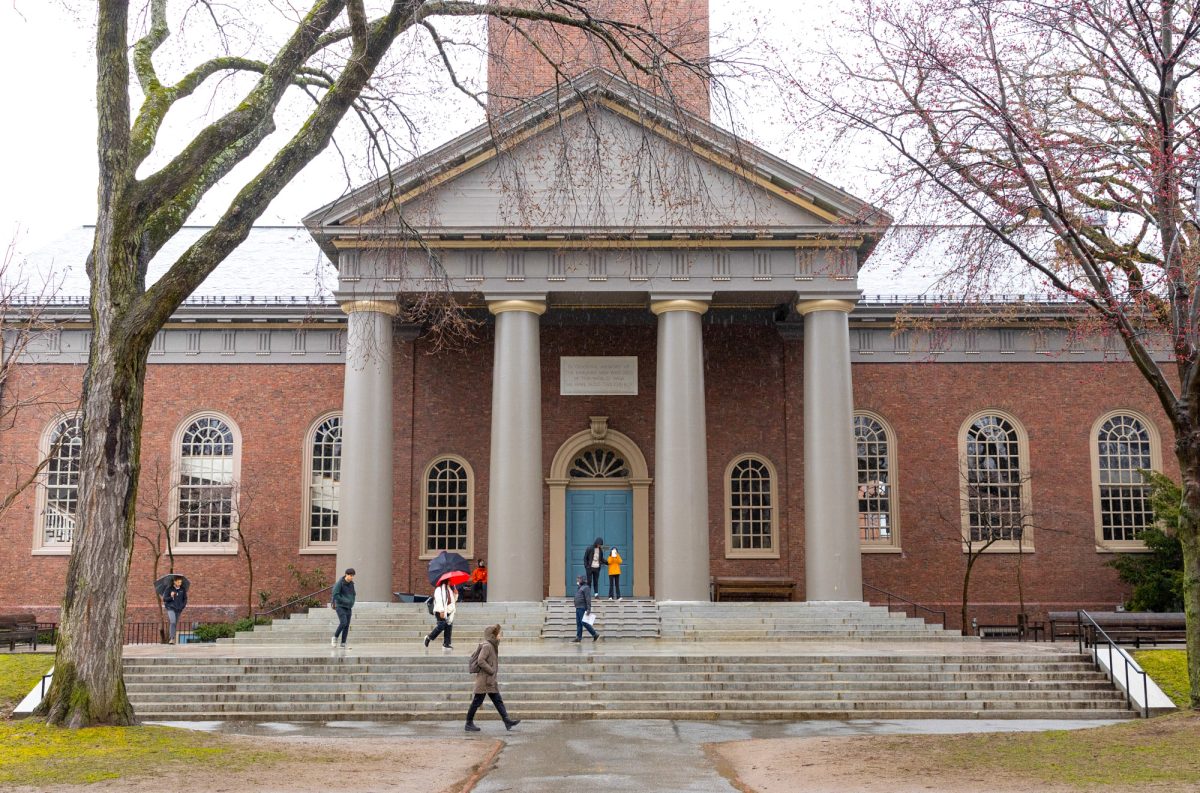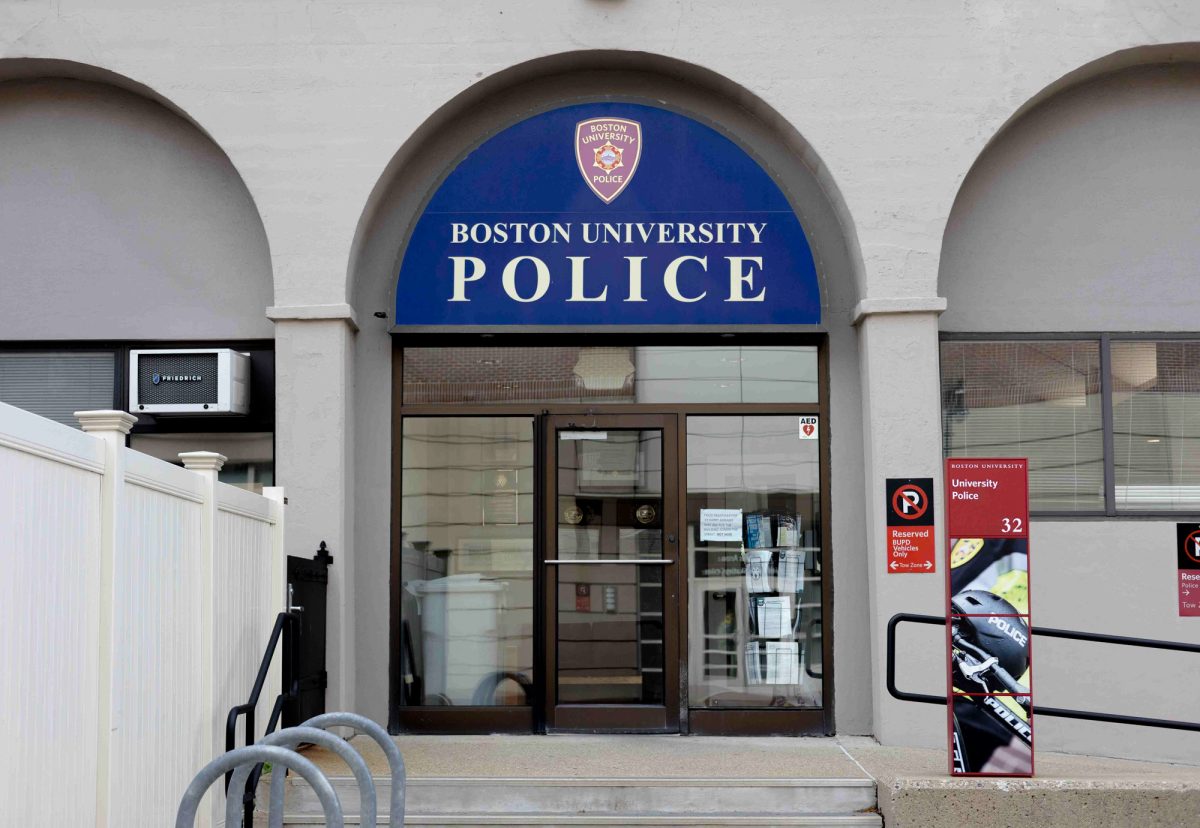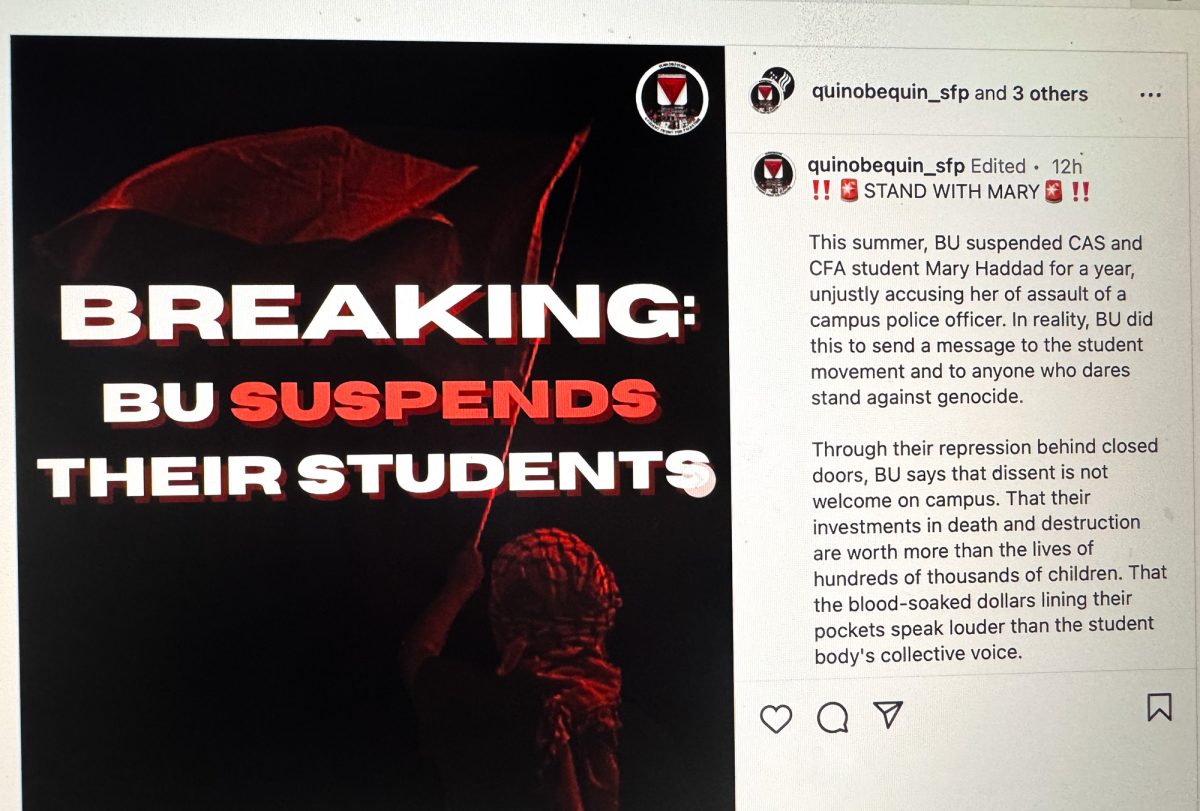The National Institutes of Health announced it will hold a public meeting on April 19 to discuss the National Emerging Infectious Diseases laboratories at Boston University’s Medical Center.
The NIH released a Draft Supplementary Risk Assessment of more than 1,700 pages, according to the website. The NIH also released a 23-page Reader’s Guide to help the public digest the heavy scientific information contained in the full document.
“We are pleased that this stage of the Draft Supplementary Risk Assessment is completed,” said Ellen Berlin, a BU spokesperson, in an email interview. “The National Institutes of Health and the Blue Ribbon Panel have worked diligently to develop a thorough and comprehensive analysis.”
The NIH placed copies of the assessment and the reader’s guide in the Boston Public Library, the South End Library and the Dudley Library. Officials are soliciting comments from the public, encouraging people to mail and email questions and concerns until May 1.
According to the Reader’s Guide, the Risk Assessment poses questions such as: What could go wrong and how likely is that to happen? What are the risks to workers and to the public? Would the risks be different if the lab were located at a suburban or rural site?
The Assessment focuses on 13 pathogens that are expected to be studied at the biolab, which have caused public concern and are a representative sample of those handled in BSL-3 and BSL-4 labs, according to the Reader’s Guide. These pathogens studied include anthrax, the 1918 influenza, SARS, the plague, Ebola and two different forms of encephalitis.
The Risk Assessment catalogues the various outcomes of the biolab’s practices. It studied a variety of different situations, including those that “posed the maximum realistically expected threat” to both workers and the general public. The conclusion was that the lab poses little danger.
“While there is no such thing as ‘no risk,'” the Reader’s Guide reported, “the results of this analysis show that the risk of infections or deaths resulting from accidents or malevolent acts at the NEIDL are generally very low to only remotely possible.”
The Reader’s Guide stated the risk to the general public is “extremely low” and beyond “reasonably foreseeable” with the exception of secondary infection from the 1918 influenza and SARS.
Infections from a release of 1918 H1N1 influenza or SARS could occur after 500 to 5,000 years of operation, well beyond the facility lifetime of 50 years, the Reader’s Guide reported.
“It is also reassuring that the National Research Council reviewed the methodology and deemed it to be sound and credible,” Berlin said.
























































































































